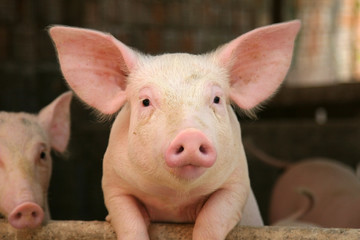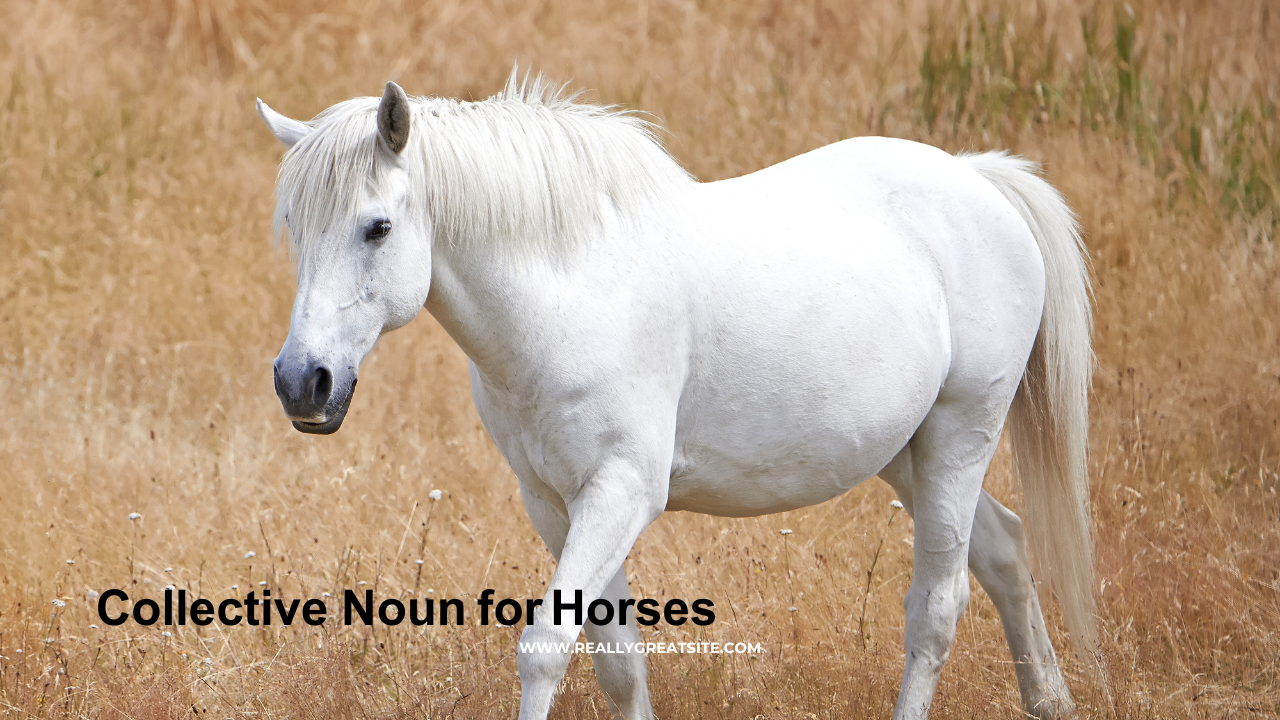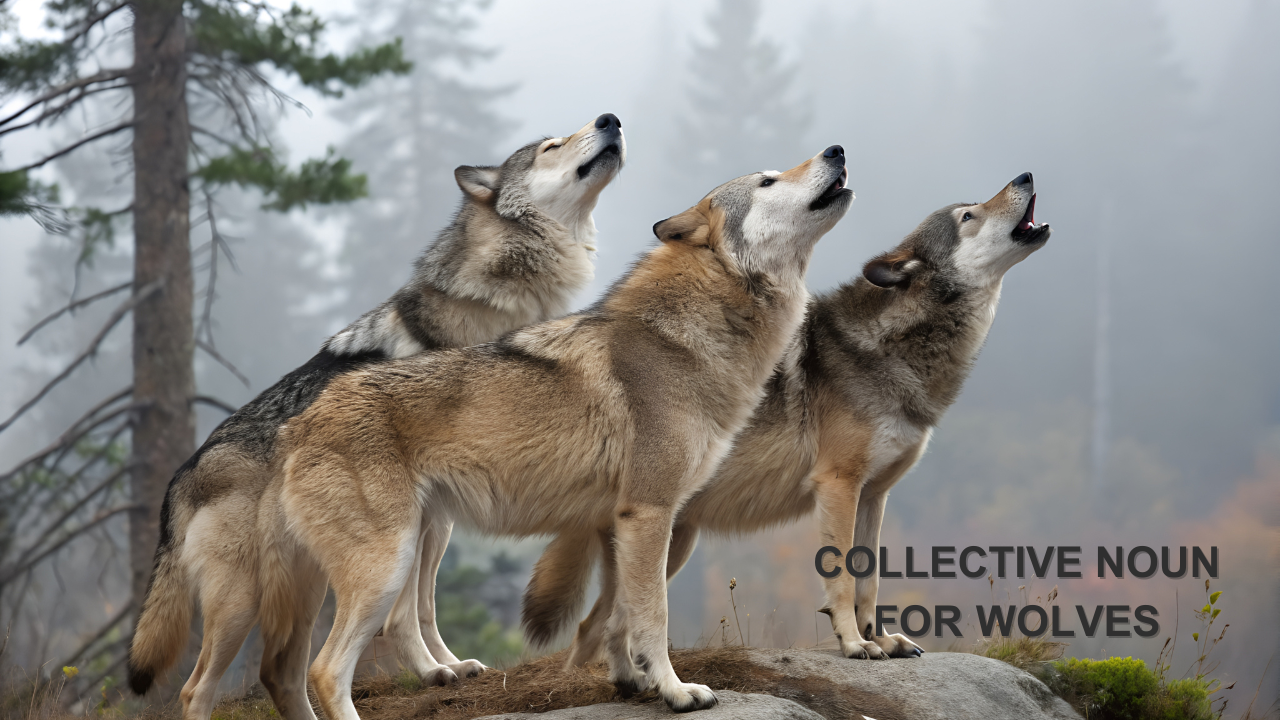The most common and historically accepted collective noun for pigs, especially wild ones, is a sounder of pigs. For domesticated pigs, terms like drove or drift are used, while a mother pig’s young are called a litter of piglets. This rich vocabulary paints a vivid picture of how pigs, collectively, have been perceived over centuries in English and especially in the UK.
Introduction: Why Collective Nouns Captivate Us
Collective nouns condense observations of the natural world into poetic phrases: a parliament of owls, a shiver of sharks, or a murder of crows. These terms do more than describe — they reflect cultural stories, hunting traditions, and human imagination. Today, we explore the collective noun for pigs, tracing its origin, usage, and trivia.
List of Collective Nouns for Pigs
| Group Type | Collective Noun | Typical Use & Region |
|---|---|---|
| Wild pigs / boars | Sounder | Most common in English, UK |
| Domesticated pigs moved in groups | Drove / Drift | Especially in farming context |
| Piglets born together | Litter | Universal use |
Explanation:
- The term sounder of pigs is widely recognized in English and in the UK, often used to describe wild pigs or boars.
- Drove and drift historically describe groups of domestic pigs being herded.
- A litter specifically refers to newborn piglets from the same mother.
Origin and History: Why is a group of pigs called a sounder?
- The term sounder traces back to Middle English and possibly Old French sondre, related to the Latin subundare (“to swim together”), hinting at pigs’ habit of moving collectively.
- It was formally listed in the Book of St. Albans (1486), which documented hunting terms and collective nouns.
- Over time, English farming and hunting communities kept this term alive, especially when describing wild pigs or boars.
- The use of drift and drove comes from the verbs “to drift” or “to drive,” highlighting the act of herding pigs.
Usage Examples (Real Sentences)
- “The hunters stumbled upon a sounder of wild pigs grazing at dawn.”
- “Farmhands guided the drove of pigs down the lane toward the market.”
- “The sow nursed her litter of piglets under the old oak tree.”
Facts, Figures & Trivia
| Fact / Figure | Detail |
|---|---|
| Average pig litter size | ~6–12 piglets |
| Historical source of “sounder” | Book of St. Albans, 1486 |
| Pig population worldwide (estimated, 2024) | Over 780 million pigs |
| Related rare collective nouns | A drift of pigs, a drove of pigs |
| Other fun collective nouns | A shiver of sharks, a parliament of owls, a crash of rhinos |
Fun trivia:
- “A sounder” is mostly used for wild pigs and boars, while farmers more often say “herd,” “drove,” or “drift.”
- Pigs are among the most intelligent domesticated animals, capable of learning tricks and remembering them.
FAQs
Q: What is the collective noun for pigs in English?
A: The most recognized term is a sounder of pigs, especially for wild pigs.
Q: What is a group of wild pigs called?
A: Wild pigs or boars are called a sounder.
Q: What is a group of boars called?
A: Also a sounder.
Q: Why is a group of pigs called a sounder?
A: It comes from Middle English, linked to words meaning “to swim together” or “move together,” reflecting pigs’ social behavior.
Q: What is the pig collective noun drift?
A: A drift describes a group of domestic pigs, especially when being moved.
Q: What about piglets?
A: Piglets born together are known as a litter.
Related and Unusual Collective Nouns
| Animal | Collective Noun |
|---|---|
| Crocodiles | Bask or Float |
| Pigeons | Kit or Loft |
| Monkeys | Troop or Barrel |
| Sheep | Flock or Herd |
| Dolphins | Pod |
| Kangaroos | Mob or Troop |
| Turtles | Bale |
These vivid terms highlight how English uses metaphor and observation to name animal groups.
Conclusion
In summary:
- The collective noun for pigs (especially wild pigs in the UK and English) is a sounder.
- Domesticated pigs may be called a drove or drift, and newborn piglets are a litter.
- These words connect history, hunting culture, and the practical language of farming.
Exploring why we say “a sounder of pigs” or “a drift of pigs” gives us insight into language evolution, culture, and the animals themselves.





